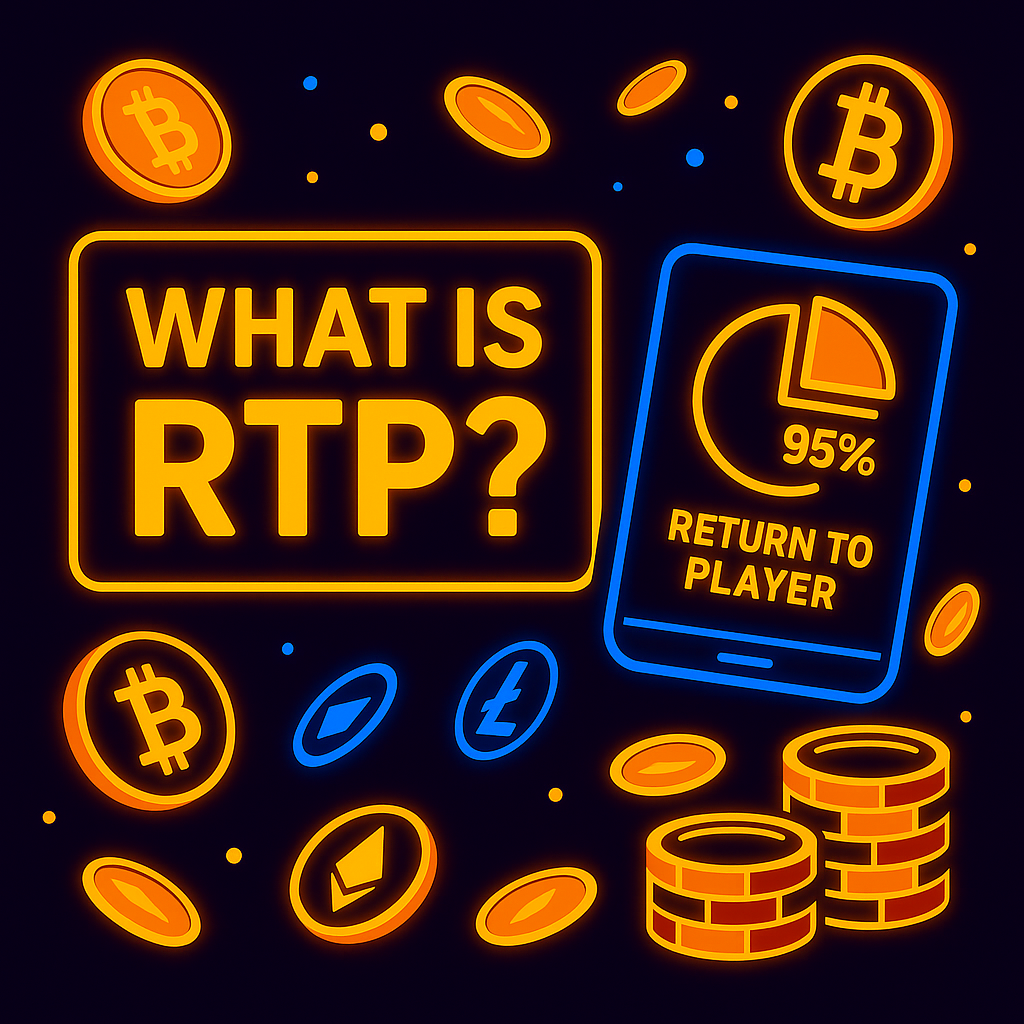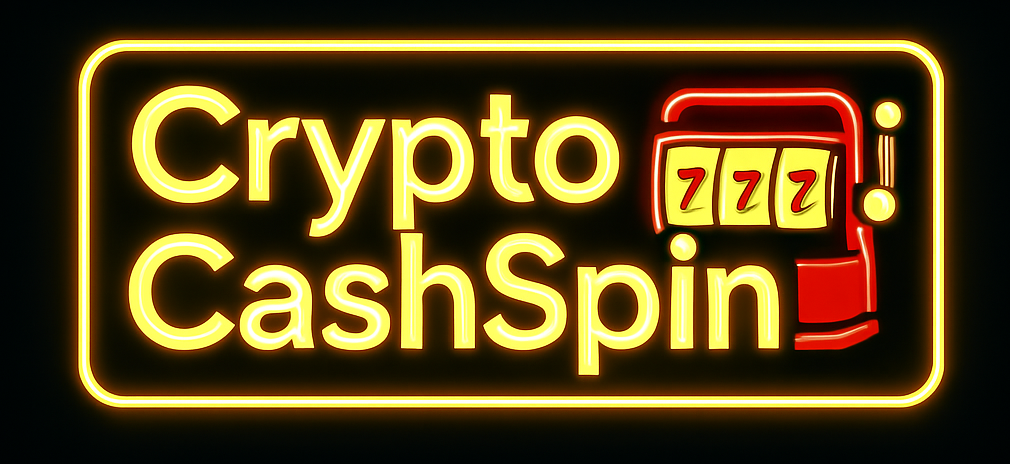
RTP Explained: Understanding Return to Player in Online Casino Games
Learn how RTP (Return to Player) works, how it’s calculated, and how it helps you make smarter casino game choices in 2025.
Introduction: Why RTP Matters
Every time you spin a slot or play a casino game, the RTP—or Return to Player—is quietly shaping your experience. Far from being just a technical percentage, RTP helps you understand the potential payout of a game over time. Whether you’re new to online casinos or already a seasoned player, understanding RTP gives you a sharper edge when choosing what to play.
In this guide, we’ll break down what RTP really means, how it’s calculated, and why it’s a key metric in casino fairness. We’ll also touch on volatility, myths, and how to use RTP to make better gaming decisions—without getting caught up in unrealistic expectations.
What Does RTP Mean in Casinos?
RTP stands for Return to Player, a term that refers to the theoretical percentage of all wagered money that a game pays back to players over time. For example, a slot with a 96% RTP is expected to return £96 for every £100 wagered, across a massive number of spins or game rounds. It’s not a promise of short-term results but a mathematical estimate of long-term averages.
Essentially, the RTP figure reflects how much the casino expects to hold as profit. A higher RTP means players can, in theory, expect better value. Games with lower RTPs tend to pay out less frequently or have smaller returns overall. Understanding this helps you manage expectations before diving in.
How RTP Is Calculated
Behind every RTP number lies complex mathematical modelling and game testing. Developers simulate millions of rounds to determine the average payout rate. Testing labs such as eCOGRA or iTech Labs then verify those results before the game goes live.
It’s important to note that the calculation takes into account all outcomes—wins, losses, and bonus rounds. For instance, a game with a 96.5% RTP might include rare, large jackpots that influence the total average return. This means your own short-term results may vary wildly from the stated RTP, but across thousands of rounds, the figure balances out.
RTP vs House Edge
If RTP represents what the player can expect to win back, the house edge is its opposite—the percentage the casino retains. Together, they always total 100%. A slot with 96% RTP has a 4% house edge, while a table game like roulette might have around a 2.7% edge depending on the version played.
Understanding both figures is essential. While a small house edge sounds appealing, short-term luck still dominates results. Over time, however, games with lower house edges statistically provide better value for players.
Volatility and RTP: How They Work Together
RTP tells part of the story, but volatility—or variance—explains how often and how big wins occur. A high-volatility slot pays less frequently but can deliver massive wins when it does. In contrast, a low-volatility game pays smaller amounts more often, keeping sessions steady and less risky.
For instance, two games might both have 96% RTP, yet play completely differently. One might award consistent minor wins; the other might feel cold for dozens of spins before suddenly dropping a huge payout. Knowing your tolerance for volatility can help you choose games that suit your playing style.
Why RTP Isn’t a Guarantee
Many players misunderstand RTP as a promise of return. However, RTP is based on long-term statistical averages—often over millions of spins. Your personal results could be far above or below that number in the short run.
Consider RTP more like a weather forecast than a contract. It gives insight into trends and probabilities, not precise predictions. Keeping that mindset helps prevent frustration when a game doesn’t seem to match its stated payout rate after a few sessions.
How to Check a Game’s RTP
Most reputable casinos display RTP information directly within each game. Look for it in the information or help section, typically next to paytable and game rules. Some providers—like Play’n GO, NetEnt, and Pragmatic Play—also list RTP details on their official websites.
If you can’t find it, the casino’s footer or responsible gaming page might include details. Transparent operators take pride in publishing this data; if a site hides it, that’s often a red flag.

The Impact of Variable RTP Versions
Some modern slot developers now release games with multiple RTP settings, often tailored for different casinos. One operator might feature the 96% version, while another offers a lower 94% version of the same title. Always check before you play—because even a small difference can significantly affect returns over time.
Casinos using lower RTP versions may do so to increase their profit margins. If you value better long-term odds, choose casinos that openly advertise higher RTP configurations.
Common Misconceptions About RTP
High RTP doesn’t mean you’ll win more often—it only influences long-term averages. The time of day, bet size, or recent spins never affect outcomes. Licensed games use random number generators (RNGs), ensuring results remain random.
RTP is a sign of fairness but not the sole guarantee. Proper licensing, independent testing, and RNG certification also matter. And while bonus rounds may boost total returns, they don’t automatically raise RTP. Finally, online RTPs are typically higher than land-based versions, giving online players slightly better value.
RTP and Responsible Gaming
Understanding RTP helps players make smarter, more balanced choices. Instead of chasing unrealistic expectations, you can approach games with awareness and discipline. Recognising that every spin is random—and that RTP only plays out long-term—keeps your mindset grounded.
Setting limits and walking away when needed are far more effective strategies than waiting for RTP to even out. The best players respect the numbers but never rely on them to dictate emotion or spending.
Why RTP Still Matters in 2025
In an era where Web3 gaming and crypto casinos are reshaping the industry, RTP remains a universal benchmark for fairness. Blockchain casinos may introduce provably fair technology, yet RTP continues to serve as a transparent baseline across both traditional and crypto gaming platforms.
As regulation tightens and more operators embrace transparency, players have greater access than ever to RTP data. Using that information wisely gives you a long-term edge—helping you enjoy casino gaming responsibly while staying informed.
FAQ
Q: What’s a good RTP for online slots?
A:Anything above 96% is considered solid. Some top-rated games even exceed 97%, offering strong long-term potential.
Q: Can casinos change a game’s RTP after launch?
A: Yes, but only if the developer offers multiple versions. Licensed operators must clearly display which version they use.
Q: Does RTP apply to live dealer games?
A: Absolutely. Games like blackjack, roulette, and baccarat all have calculated RTPs based on their rules and odds.
Q: How does RTP differ from volatility?
A: RTP measures theoretical returns, while volatility reflects payout frequency and size. Both shape the player’s experience.
Q: Can I improve my RTP results?
A: You can’t change the math, but you can choose higher-RTP games, manage bankroll sensibly, and play responsibly.
